Frederica Freyberg:
The legislature voted to close down the state’s juvenile correctional facilities the same week the state agreed to pay nearly $19 million to a former inmate there. It’s described as the largest civil rights settlement ever in Wisconsin. A Janesville teenager, 19-year-old Sydni Briggs will use the money for her lifelong care after suffering severe brain damage while she hanged herself while an inmate at Copper Lake School for Girls in 2015. She had been at the youth prison after stealing from a liquor store, but found herself depressed, anxious and homesick, according to her lawyer. And began self-harm, which culminated in trying to kill herself. But prison staff did not respond to the emergency call light she turned on. According to the lawsuit against the state, staff failed to check on Briggs every 15 minutes as required and ignored her call light for 24 minutes. Her attorney, Eric Haag, joins us tonight. Thanks very much for being here.
Eric Haag:
Thanks for having me. I appreciate it.
Frederica Freyberg:
Does Sydni understand at this point that this settlement will allow her this kind of best care that money can buy as you’ve described it for the rest of her life?
Eric Haag:
Unfortunately, Sydni doesn’t understand it because her brain injury is such that she’s not even aware that this case exists. She doesn’t even remember what happened at Copper Lake School for Girls. She’s unaware — I've met her ten times over the last couple years, and each time I have to reintroduce myself and she doesn’t have any concept of what this money will do or what it’s for or what it’s from.
Frederica Freyberg:
I have read that when asked about her experience there, she says simply it was bad.
Eric Haag:
I was there when she said that. At other times I've asked Sydni do you remember being at Copper Lake and she says no. She may say that at one point, but a minute later she may say something different.
Frederica Freyberg:
When you took this case and started digging into it, how outraged were you about what happened to her?
Eric Haag:
Well, when I took this case, I didn’t know what I was going to find or what I was getting into. I knew that I had read the early articles on the chaos at Lincoln Hills and Copper Lake. I knew that there was a mom sitting in front of me who told me her daughter was in a coma after having tried to hang herself at Copper Lake. And that’s all I knew. As I dug into it and started finding evidence that was supportive of our case, obviously it became outrageous eventually.
Frederica Freyberg:
How do you know that the prison staff ignored her call for help when she turned on her call light?
Eric Haag:
Sure. I have video footage from a couple of different cameras. I had actually requested those for the first time in December of 2015, shortly after I took the case on. I first got those more than a year later, after I started litigation. And you can see Sydni's call light, her call light come on clearly, and then you simply watch the video and see when they respond. Another camera shows staff in their what they call the dayroom, sort of an open area where kids can kind of hang out. They have some treadmills and they have some tables. You can see multiple staff members in there sitting around talking, sitting on tables, drinking soda, drinking water and not reacting for nearly 24 minutes while that call light is on down the hall.
Frederica Freyberg:
Why did they say they didn’t respond to it?
Eric Haag:
Well, they said that they didn’t know the call light was on. That became an incredible story, because — for two reasons. One, I toured the facility and I took a videographer with me. The call light was clearly visible. They could see it from multiple locations. And there’s an indicator light in the staff booth, which is right where the staff members were, that comes on when one of the kids turns on their call light. So that indicator light would have been five feet away from staff members.
Frederica Freyberg:
So if this could be called indifference or worse, was that kind of thing endemic at that prison, did you find?
Eric Haag:
Well, because my investigation was limited to Sydni's case, you know, I don’t know if I can go as far as to say it was endemic at the prison. Certainly the discovery I did, the depositions I took, the documents I looked at led me to believe that it was a known problem. And, for example, the federal government did what’s called a pre-audit in July of 2015, so about four months before this happened. The auditors found during that visit that call lights were on and were not being responded to by staff. So the institution had been warned about this four months earlier, and the unit manager had promised the federal auditor that they would retrain staff and that the policy was to respond to the call lights immediately.
Frederica Freyberg:
Since that time, since that promise made about that retraining, has some of this been fixed?
Eric Haag:
Not that I'm aware of. It certainly hadn’t by November. And in fact I asked for any records to support the fact that the retraining had occurred and there was no record that any retraining had actually occurred and those responsible for doing the retraining were unable to remember any specific, formal retraining that was done. The best that they could come up with was that they had at least talked to staff within the units to remind them of the obligation to respond to call lights.
Frederica Freyberg:
Meantime, the state legislature has voted to shut down those two facilities for boys and girls up there. What’s your reaction to that?
Eric Haag:
Well, I think it’s overdue. I think it’s a good step. I think it’s overdue. You’ve got families that have to travel too far to visit the youth. They’re lonely. They’re not getting visits from family and friends. It was chronically understaffed, chronically suffering from an inability to attract staff. The more modern model of more community-based, local facilities is certainly — seems to be the way to go. I’m not going to claim that I'm an expert in running juvenile corrections. I’m an expert in this case. But I saw enough in this case to know that there are some problems. And they go beyond just the location. There are policies here that clearly no one had ever read, that were incapable of being carried out. There were procedures that just were simply obsolete or didn’t make any sense. And it’s hard for me to believe that anyone could have actually been playing attention to the problem of suicide and self-harm here or these policies and procedures wouldn’t have existed. They would have been updated.
Frederica Freyberg:
And so you feel as though, again, just moving these facilities into specific regions across the state is a good first step, but not the final step.
Eric Haag:
Exactly. I commend the decision to do that. I think it’s the right thing to do. But it isn’t going to fix the problems if we don’t start holding people accountable, we don’t have competent people in place, if we don’t have the right policies and procedures in place.
Frederica Freyberg:
All right. Eric Haag, attorney, thanks very much.
Eric Haag:
Thanks for having me. I appreciate it.
Search Episodes
News Stories from PBS Wisconsin

Donate to sign up. Activate and sign in to Passport. It's that easy to help PBS Wisconsin serve your community through media that educates, inspires, and entertains.
Make your membership gift today
Only for new users: Activate Passport using your code or email address
Already a member?
Look up my account
Need some help? Go to FAQ or visit PBS Passport Help
Need help accessing PBS Wisconsin anywhere?

Online Access | Platform & Device Access | Cable or Satellite Access | Over-The-Air Access
Visit Access Guide
Need help accessing PBS Wisconsin anywhere?

Visit Our
Live TV Access Guide
Online AccessPlatform & Device Access
Cable or Satellite Access
Over-The-Air Access
Visit Access Guide
 Passport
Passport



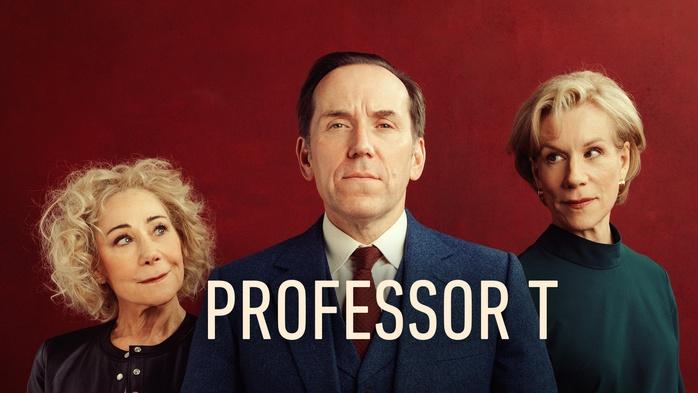


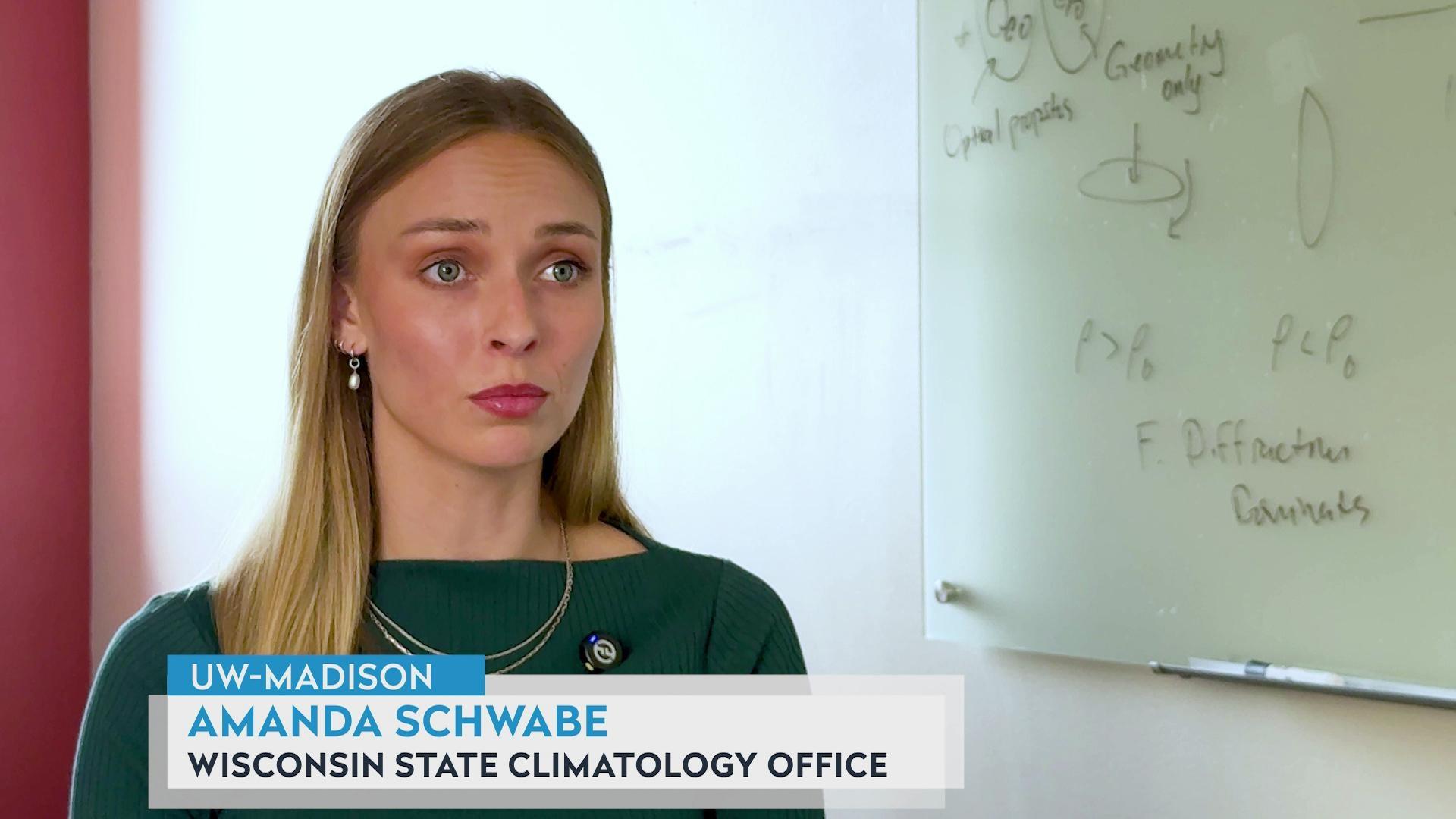



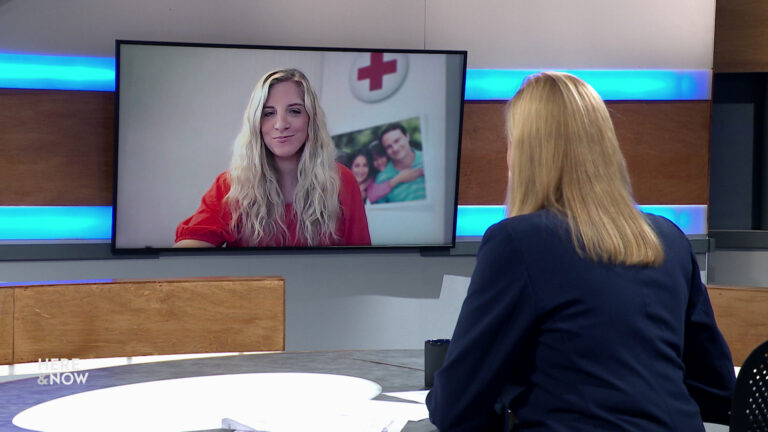

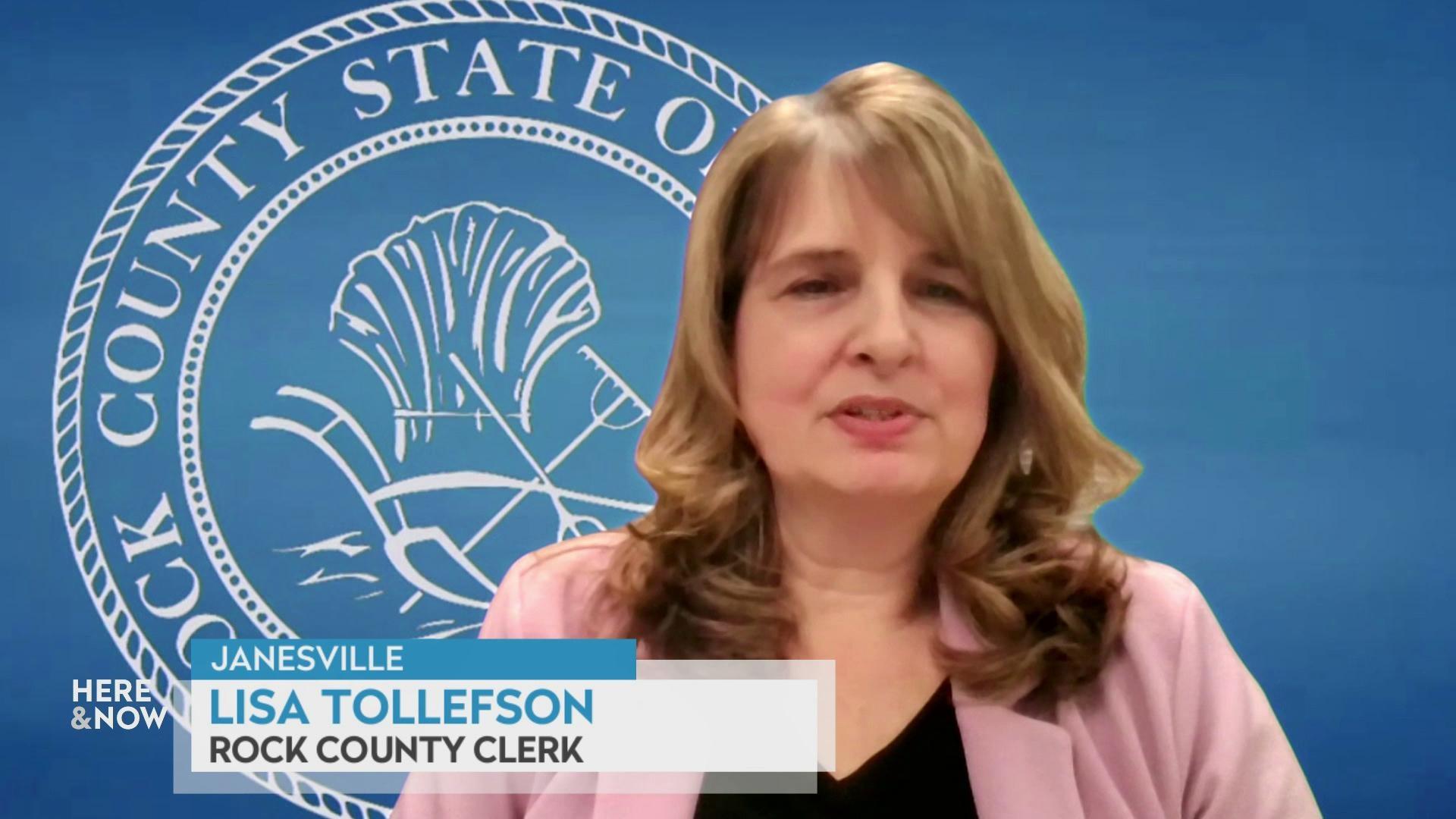

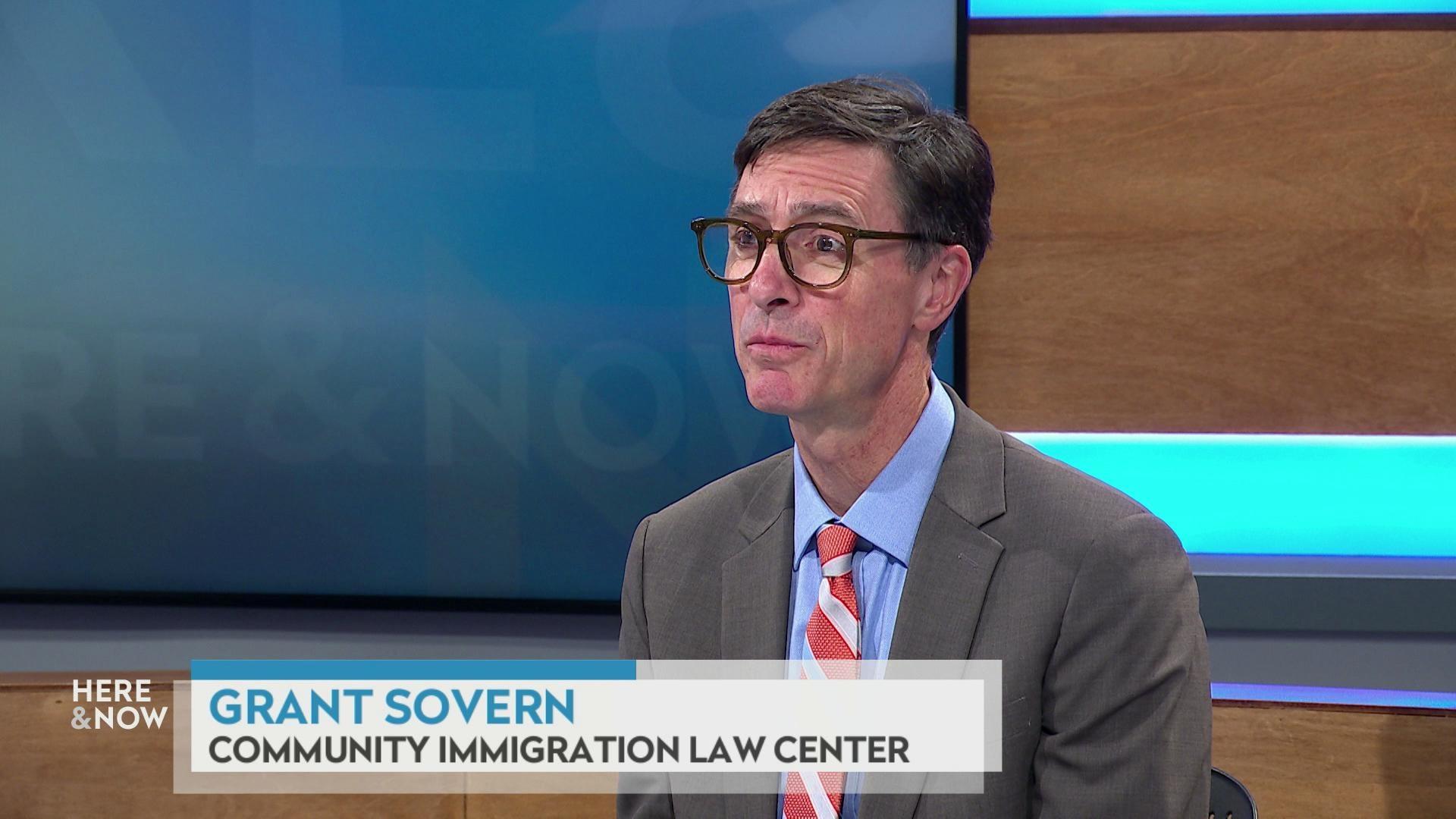
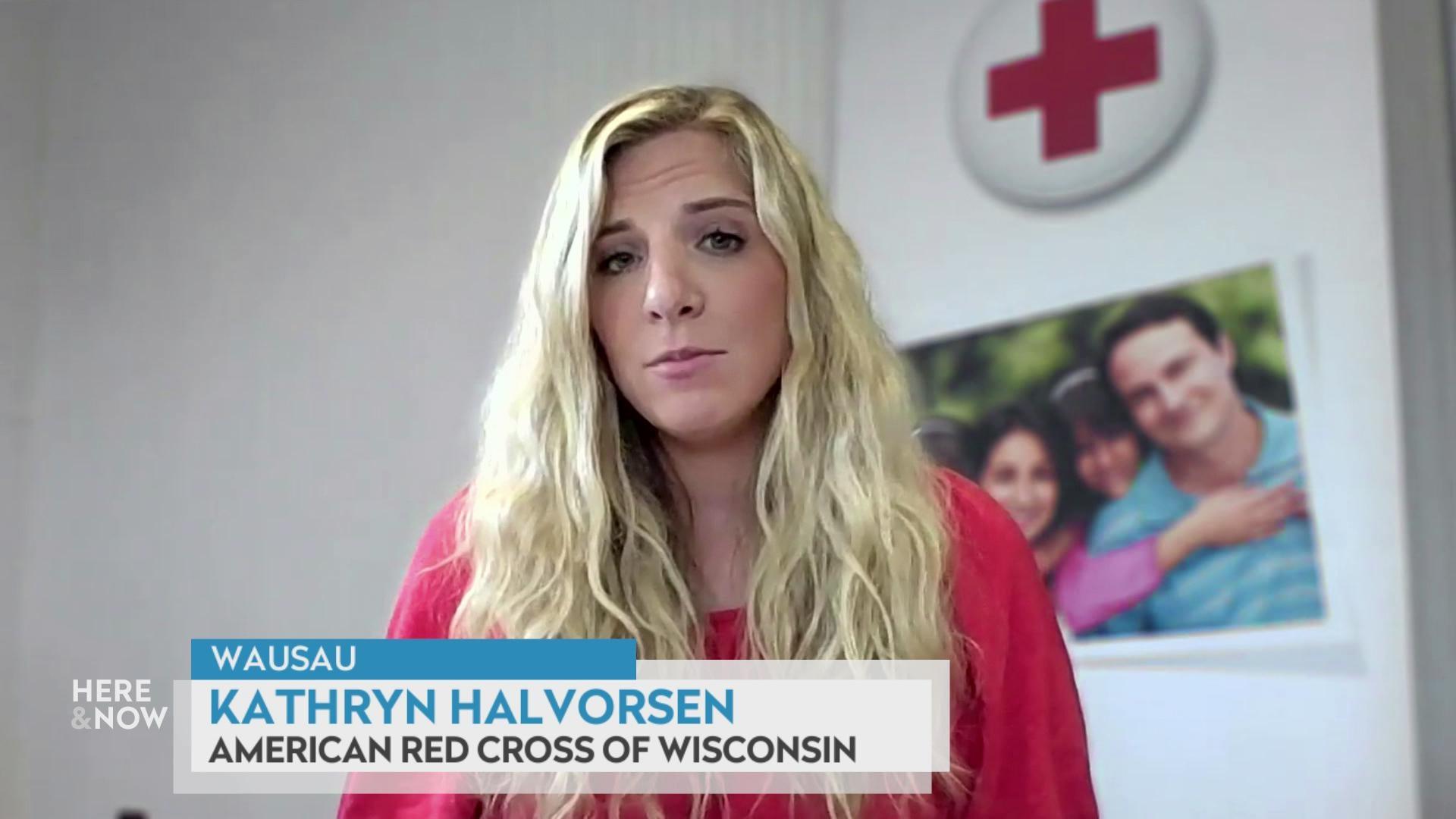
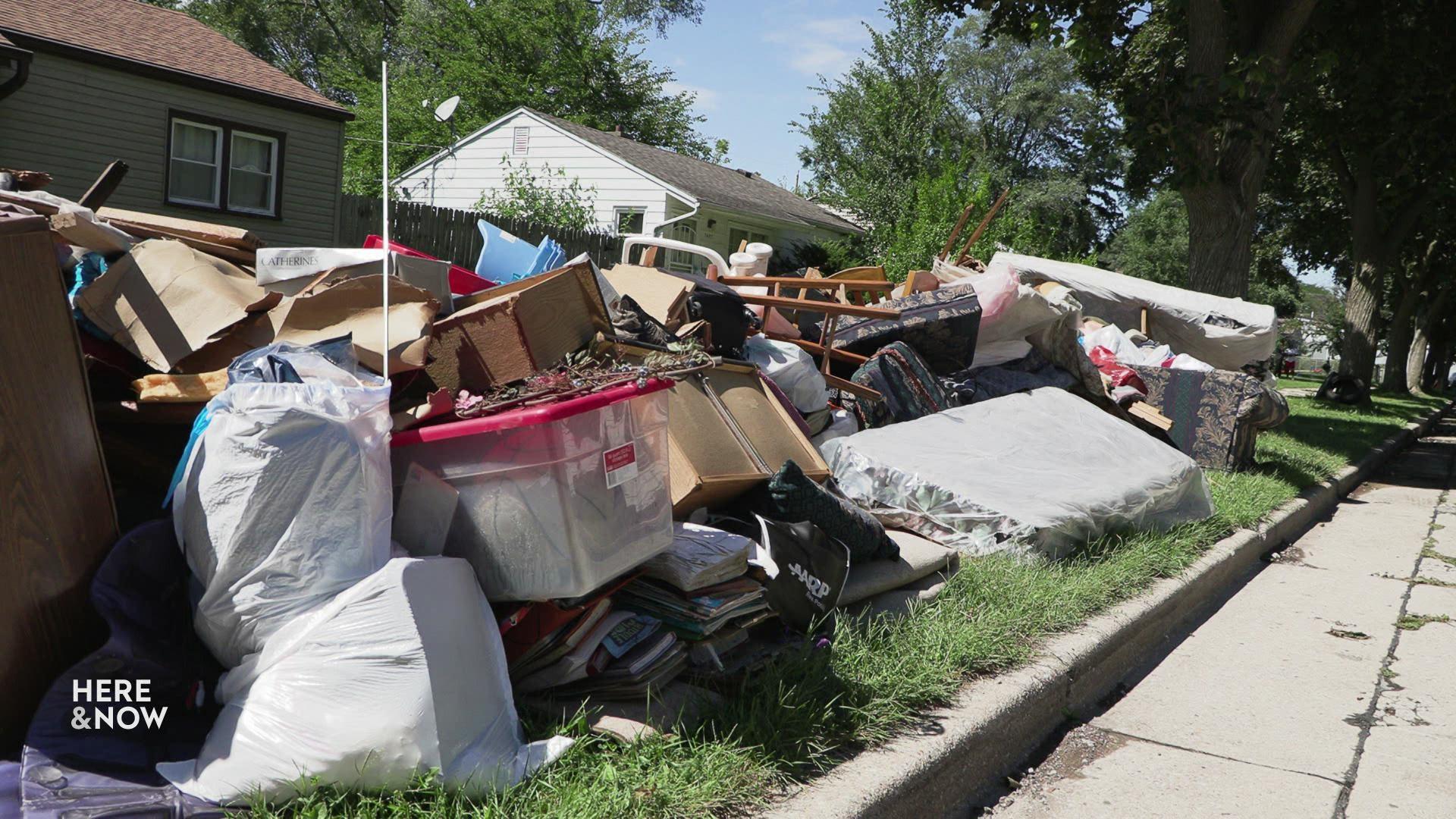

Follow Us